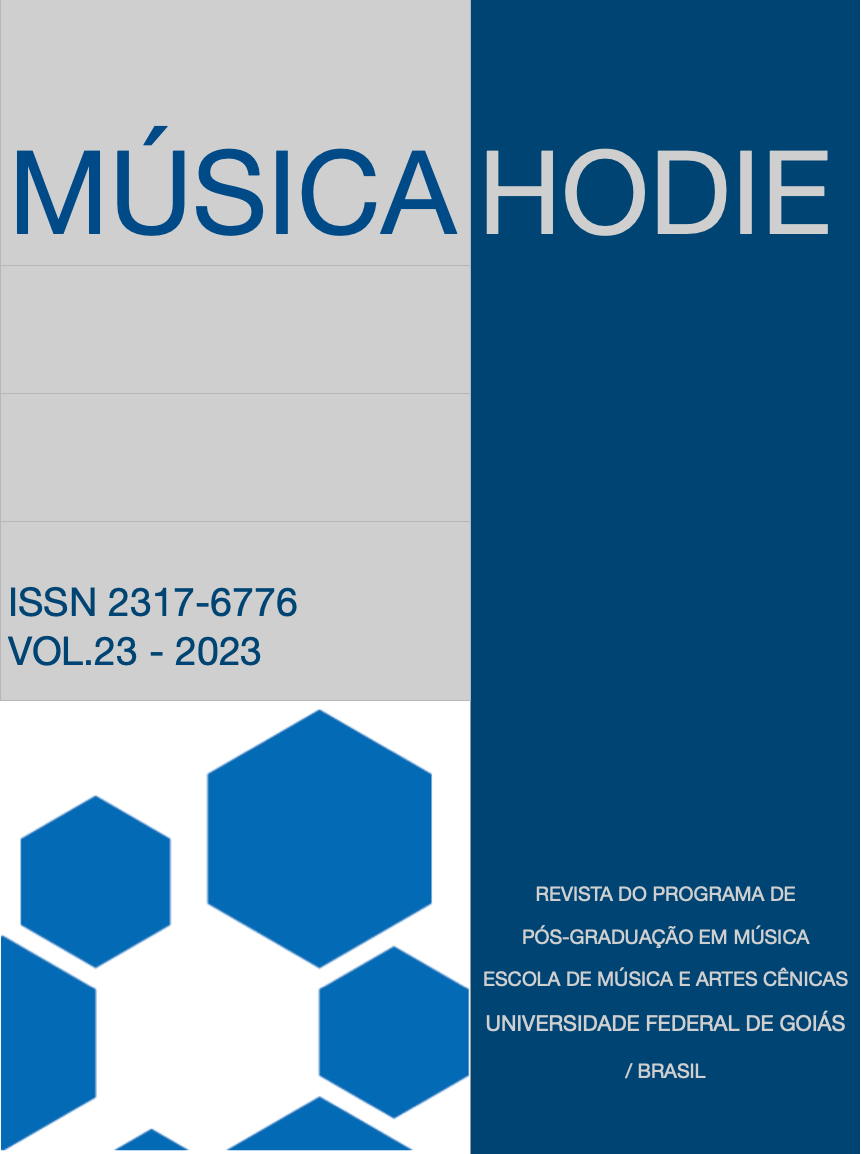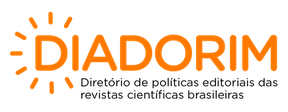Virtual instrument design: The case of the flamenco guitar
DOI:
https://doi.org/10.5216/mh.v23.74380Keywords:
Virtual instruments, sound synthesis, sampling, acoustics, flamenco guitarAbstract
This article is about how to create virtual instruments that emulate acoustic instruments. Through the study of the different synthesis and sampling techniques, I suggest that the latter is the most suitable for this purpose, given its static fidelity and potential for realism in the sounds it generates. Nonetheless, this technique also has important limitations that do not allow us to reach the desired level of perfection. Among the numerous existing acoustic instruments, I focus on the flamenco guitar, since to date there is no virtual instrument dedicated to it. In order to facilitate the understanding of the instrument, I offer an extensive study of its nature and timbre, as well as a breakdown of the steps to follow in the process of recording a virtual instrument that emulates this instrument.















